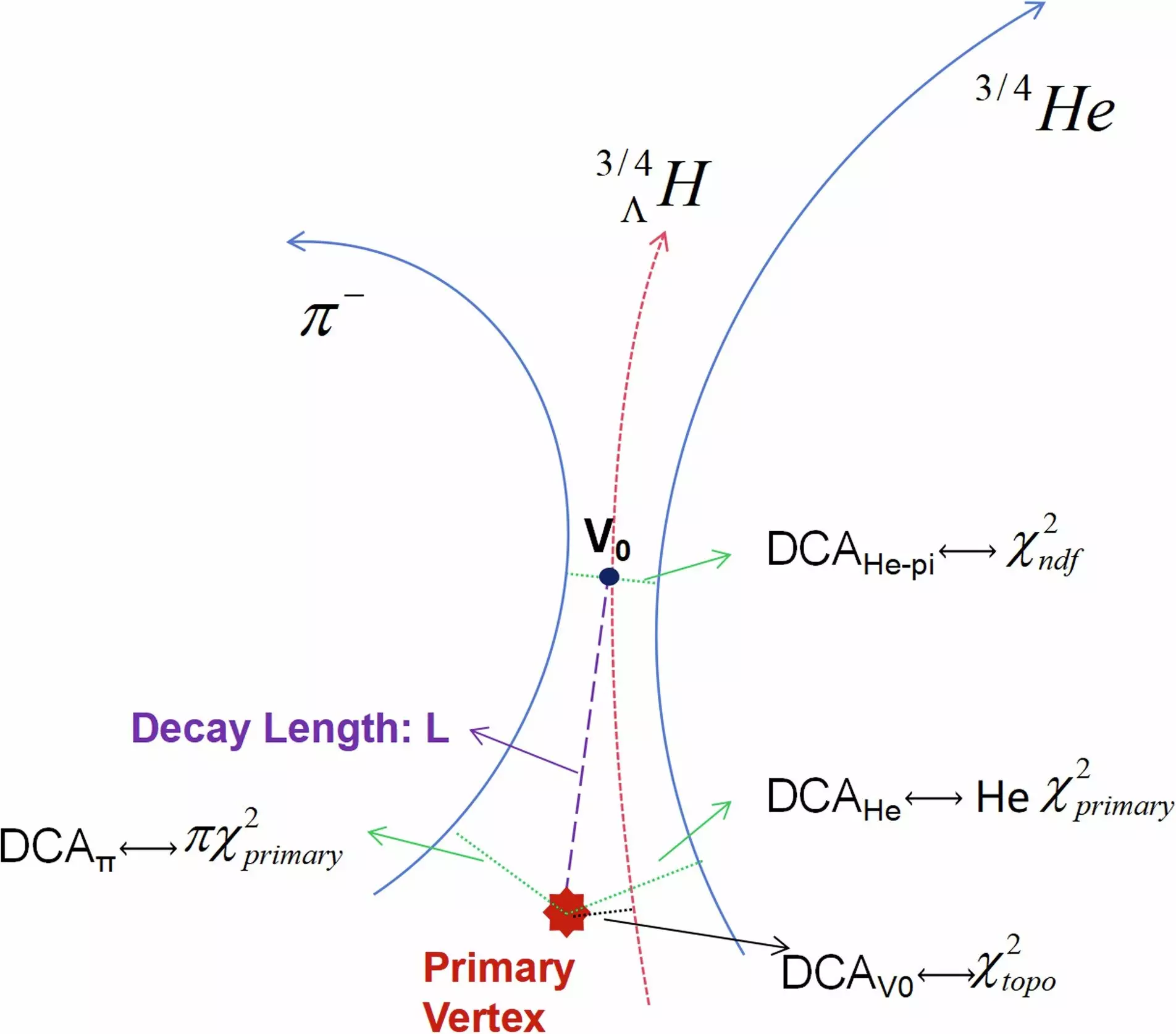Antimatter, a concept less than a century old, continues to intrigue and puzzle scientists with its elusive nature. Recent experiments at the Brookhaven National Lab have shed light on some of the properties of antimatter, but they have also raised new questions about its existence and role in the universe.
The detection of the heaviest “anti-nuclei” at the Brookhaven National Lab has provided valuable insights into the behavior of antimatter particles. These short-lived objects, composed of exotic antimatter particles, have confirmed our current understanding of antimatter and its properties. The idea of antimatter originated in 1928 with British physicist Paul Dirac’s theory of electrons with negative energy. Since then, scientists have discovered antimatter equivalents for all fundamental particles. However, the imbalance between matter and antimatter in the universe remains a puzzling mystery.
Experimental Insights
The results from the STAR experiment at the Relativistic Heavy Ion Collider have opened new avenues for studying antimatter. By smashing heavy elements together at high speeds, scientists were able to create antiatoms, including the heaviest antimatter nucleus ever seen—the antihyperhydrogen-4. This discovery has provided researchers with valuable data for comparing antimatter and normal matter.
Antimatter’s connection to dark matter, another mysterious substance that pervades the universe, has sparked new interest in understanding their relationship. Some theories suggest that dark matter particles colliding could produce antimatter particles, such as antihydrogen and antihelium. Observations from experiments like the Alpha Magnetic Spectrometer aboard the International Space Station are crucial for detecting these elusive particles and unraveling the mysteries of dark matter.
Challenges and Future Directions
Despite significant advancements in antimatter research, the question of why antimatter is scarce in the universe remains unanswered. Experiments at facilities such as the Large Hadron Collider in Switzerland continue to investigate the properties of antimatter and its interactions with normal matter. By 2032, on the centenary of the discovery of antimatter, scientists hope to make further progress in understanding the enigma of antimatter and its connection to the puzzle of dark matter.
The recent findings on antimatter at the Brookhaven National Lab have provided valuable insights into the behavior of antimatter particles. From the detection of the heaviest antimatter nucleus to its implications for dark matter, these experiments have paved the way for further research on the mysteries of the universe. As scientists continue to unravel the complexities of antimatter and its role in the cosmos, we may come closer to understanding the fundamental forces that govern our universe.


Leave a Reply